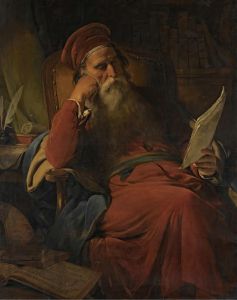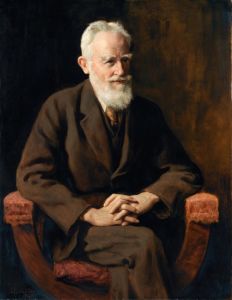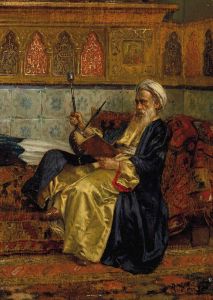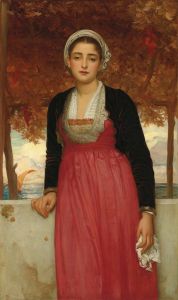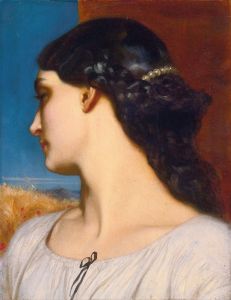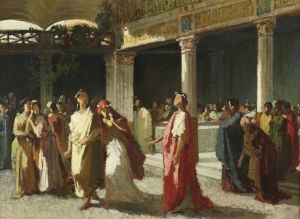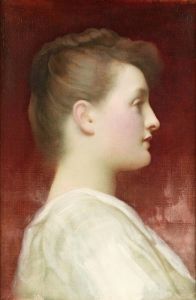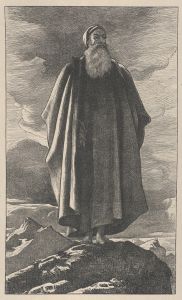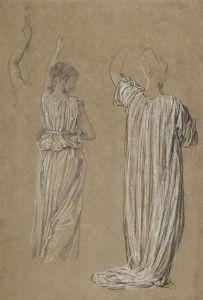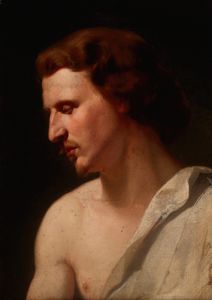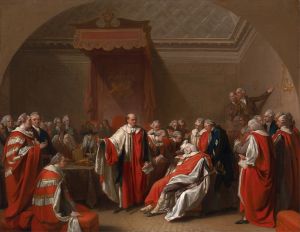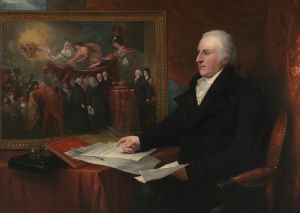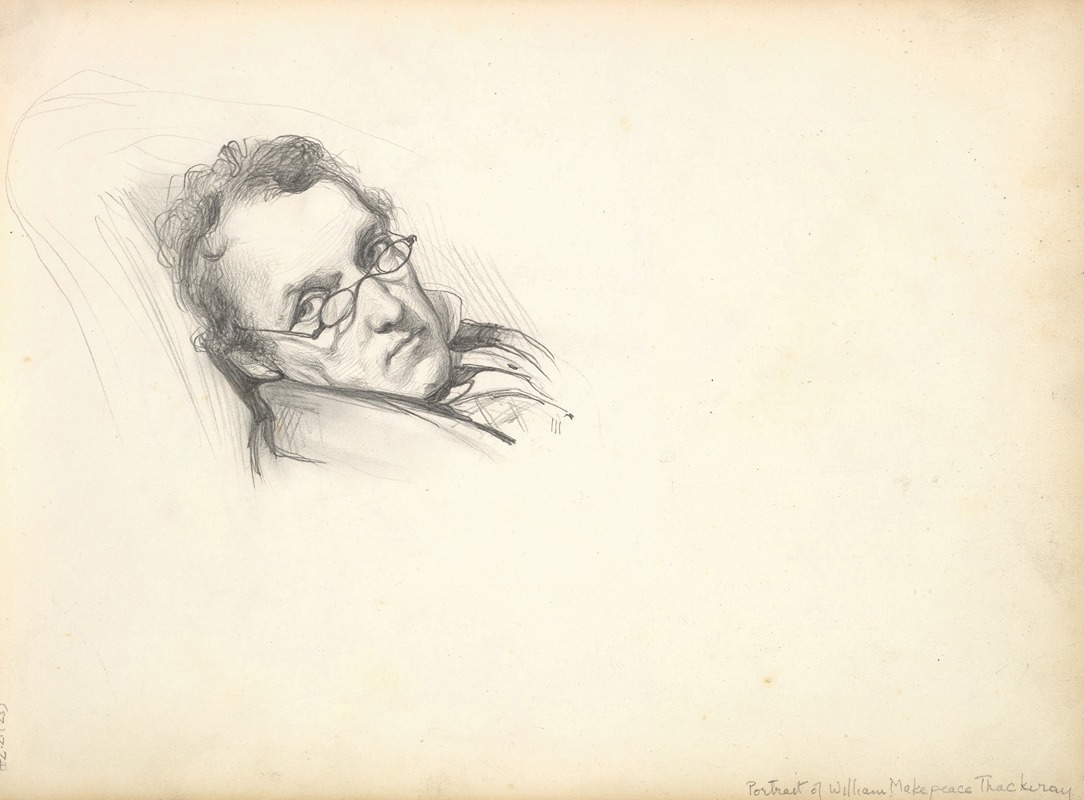
William Makepeace Thackeray
A hand-painted replica of Frederic Leighton’s masterpiece William Makepeace Thackeray, meticulously crafted by professional artists to capture the true essence of the original. Each piece is created with museum-quality canvas and rare mineral pigments, carefully painted by experienced artists with delicate brushstrokes and rich, layered colors to perfectly recreate the texture of the original artwork. Unlike machine-printed reproductions, this hand-painted version brings the painting to life, infused with the artist’s emotions and skill in every stroke. Whether for personal collection or home decoration, it instantly elevates the artistic atmosphere of any space.
"William Makepeace Thackeray" is a portrait painting by the renowned British artist Frederic Leighton. This artwork captures the likeness of William Makepeace Thackeray, a prominent 19th-century English novelist best known for his satirical works, particularly "Vanity Fair." Leighton, who was a leading figure in the Victorian art world, created this portrait in 1853, during a period when both he and Thackeray were at the height of their respective careers.
Frederic Leighton, later known as Lord Leighton, was born in 1830 and became one of the most celebrated artists of his time. He was associated with the Pre-Raphaelite Brotherhood and the Aesthetic Movement, both of which emphasized beauty and detail in art. Leighton's works often featured classical themes and meticulous attention to detail, which is evident in his portrait of Thackeray.
William Makepeace Thackeray, born in 1811, was a contemporary of Charles Dickens and one of the leading novelists of the Victorian era. His works often provided a critical view of British society, and he was known for his wit and keen observations. "Vanity Fair," published in 1847-1848, remains his most famous work and is considered a classic of English literature.
The portrait of Thackeray by Leighton is notable for its realistic depiction and the dignified presence of the subject. Thackeray is portrayed with a thoughtful expression, capturing his intellectual and contemplative nature. The painting reflects Leighton's skill in portraiture, showcasing his ability to convey the personality and character of his subjects.
Leighton's choice to paint Thackeray in 1853 is significant, as it was a time when Thackeray's literary reputation was well established. The portrait was likely commissioned to commemorate Thackeray's achievements and to celebrate his contributions to literature. The painting is characterized by its refined technique and the subtle use of color, which are hallmarks of Leighton's style.
The portrait of Thackeray by Leighton is housed in the National Portrait Gallery in London, where it remains an important piece in the collection. The gallery, which was established in 1856, aims to collect and display portraits of historically important and famous British individuals. Leighton's portrait of Thackeray fits well within this mission, as it represents one of the key literary figures of the 19th century.
In summary, "William Makepeace Thackeray" by Frederic Leighton is a distinguished portrait that captures the essence of one of England's most significant novelists. Created by a master artist of the Victorian era, the painting stands as a testament to the enduring legacy of both Thackeray's literary contributions and Leighton's artistic prowess.





